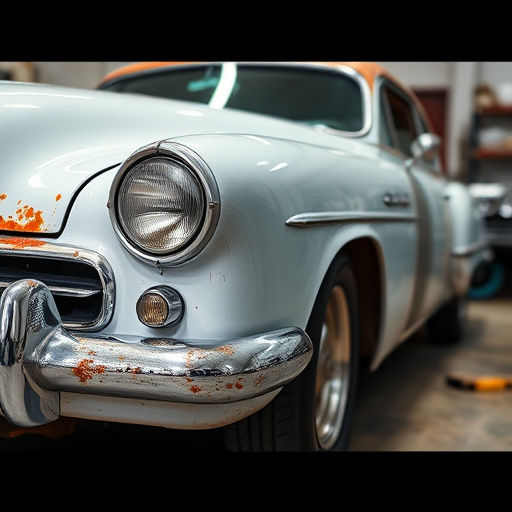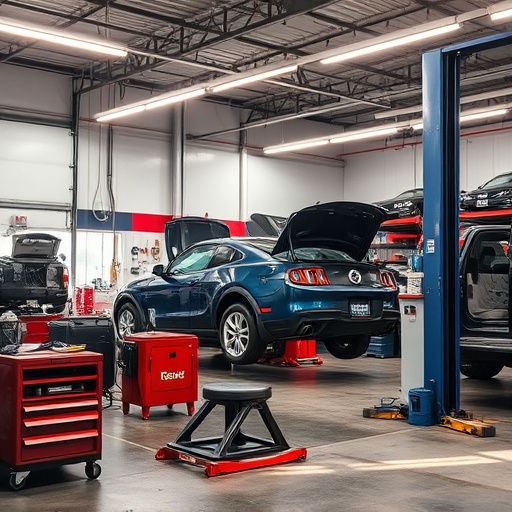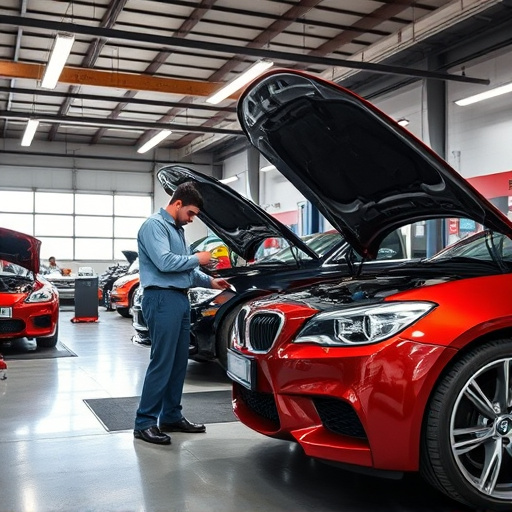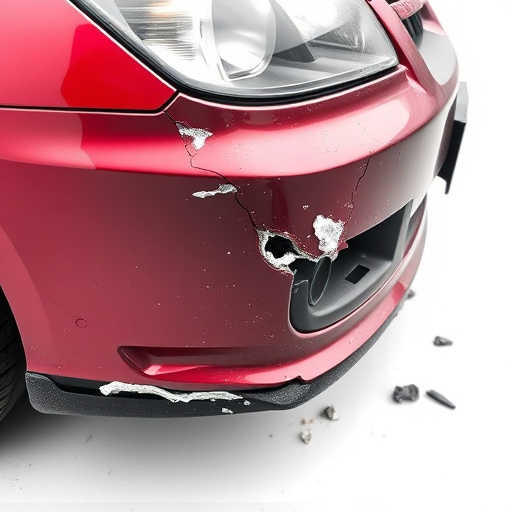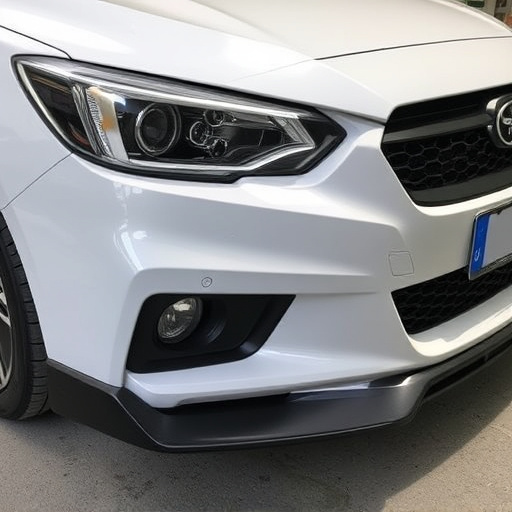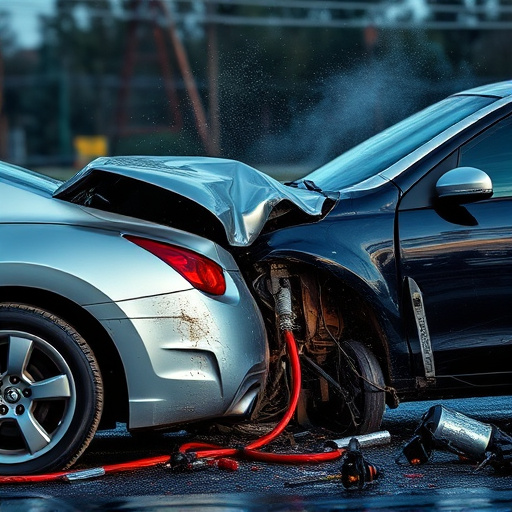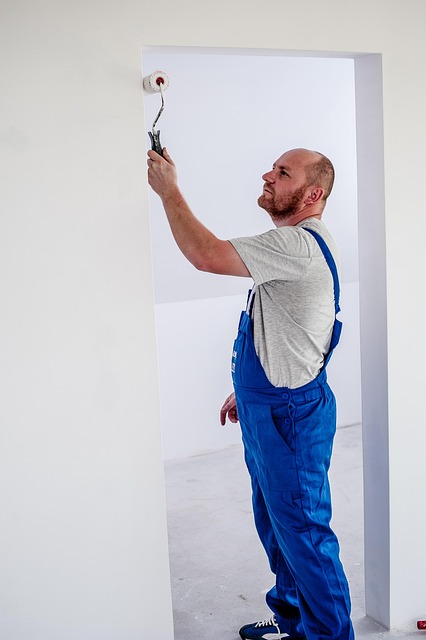Mercedes ADAS calibration synchronizes camera and radar sensors for optimal performance of advanced safety features like lane keeping, adaptive cruise control, and collision avoidance. Regular calibration by specialized technicians ensures accurate OEM synchronization, preventing system failures and false readings, enhancing driver decision-making, and prioritizing safety in modern automotive body work.
Mercedes ADAS (Advanced Driver Assistance Systems) calibration is a critical process ensuring camera and radar synchronization, enhancing vehicle safety. This article delves into the intricate world of Mercedes ADAS calibration requirements, exploring techniques for achieving precise OEM (Original Equipment Manufacturer) camera-radar synchronization. By understanding these benefits, you’ll grasp why accurate OEM synchronization is pivotal for reliable and safe driving assistance systems.
- Understanding Mercedes ADAS Calibration Requirements
- Camera and Radar Synchronization Techniques
- Benefits of Accurate OEM Synchronization for Safety Systems
Understanding Mercedes ADAS Calibration Requirements
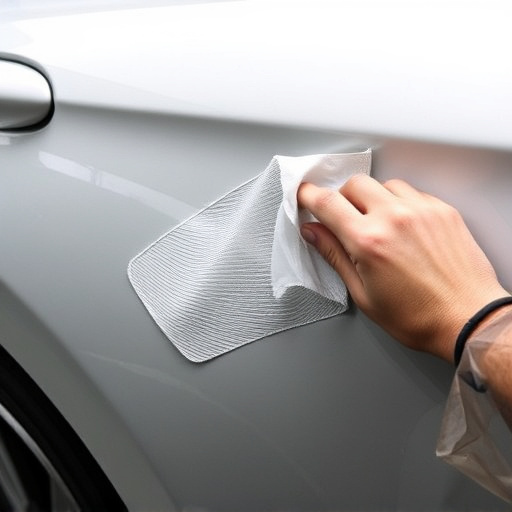
Mercedes ADAS calibration is a critical process that ensures the optimal performance and safety of the vehicle’s advanced driver-assistance systems (ADAS). This intricate procedure involves synchronizing the camera and radar sensors, allowing them to work in harmony. Given the precision required for these systems, especially with features like adaptive cruise control, lane departure warning, and automatic emergency braking, proper calibration is paramount.
To meet Mercedes’ stringent standards, vehicle repair specialists must employ specialized tools and techniques. The goal is to achieve accurate positioning and alignment of sensors, ensuring they capture and interpret data consistently. This involves meticulous adjustments to ensure the camera’s field of view aligns perfectly with the radar’s detection range. Regular calibration not only enhances safety but also ensures reliable performance, making it an essential aspect of automotive body work in modern vehicles.
Camera and Radar Synchronization Techniques
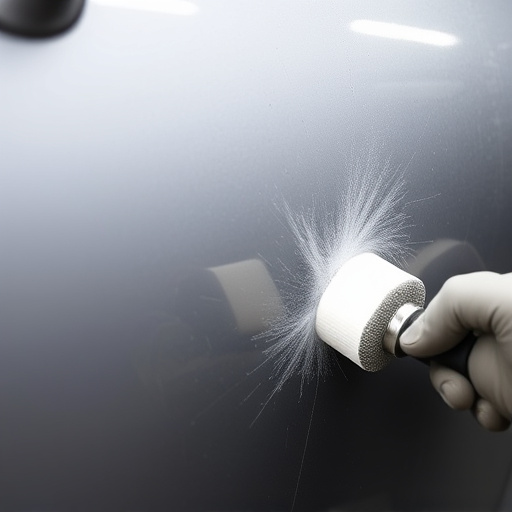
Mercedes ADAS calibration goes beyond just setting up individual sensors. It involves synchronizing cameras and radar to work in perfect harmony, ensuring the vehicle’s advanced driver-assistance systems (ADAS) function optimally. This synchronization is crucial for tasks like lane keeping, adaptive cruise control, and collision avoidance, where precise data from both types of sensors is essential.
Techniques like time-based synchronization and data fusion play a significant role in achieving this harmony. Time-based sync ensures that camera and radar measurements are aligned temporally, allowing the system to correlate events accurately. Data fusion, on the other hand, combines information from cameras and radar to create a more comprehensive and reliable picture of the surroundings, enhancing the overall performance of Mercedes ADAS systems. This meticulous calibration process is typically performed by specialized technicians in a controlled environment, mimicking real-world scenarios, and ensuring that the vehicle’s safety features operate seamlessly, much like a well-rehearsed symphony in a bustling auto body shop.
Benefits of Accurate OEM Synchronization for Safety Systems
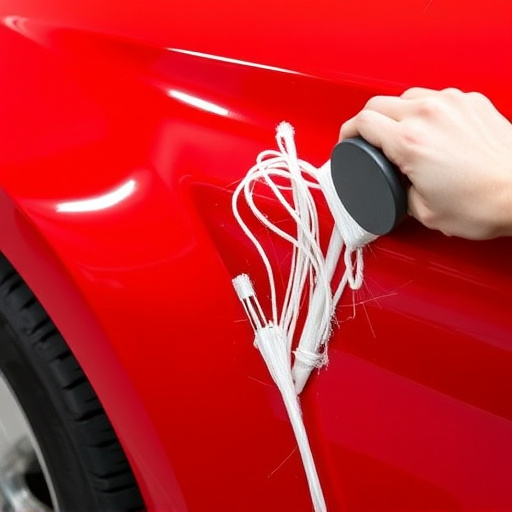
Accurate OEM synchronization is paramount for the effectiveness of Mercedes ADAS (Advanced Driver Assistance Systems). When cameras and radar sensors work in perfect harmony, they can accurately detect and track objects on the road, enabling critical safety features like collision avoidance and adaptive cruise control. This ensures that drivers receive real-time, reliable information, enhancing their ability to make split-second decisions and avoid potential hazards.
Improper calibration or misalignment between these components can lead to unreliable sensor data, which may result in system failures or false readings. Such issues can be mitigated through professional Mercedes ADAS calibration services, ensuring optimal performance of these safety systems. Regular auto body services and fender repair, alongside timely auto repair services, contribute to maintaining this critical synchronization, ultimately prioritizing the safety of both drivers and other road users.
Mercedes ADAS calibration is a critical process that ensures the synchronization of OEM cameras and radar, enhancing safety features and performance. By understanding the precise requirements and implementing effective synchronization techniques, manufacturers can deliver reliable and efficient autonomous driving systems. Accurate OEM synchronization not only improves overall system integrity but also paves the way for advanced driver assistance systems to reach their full potential, ultimately benefiting folks on the road.





